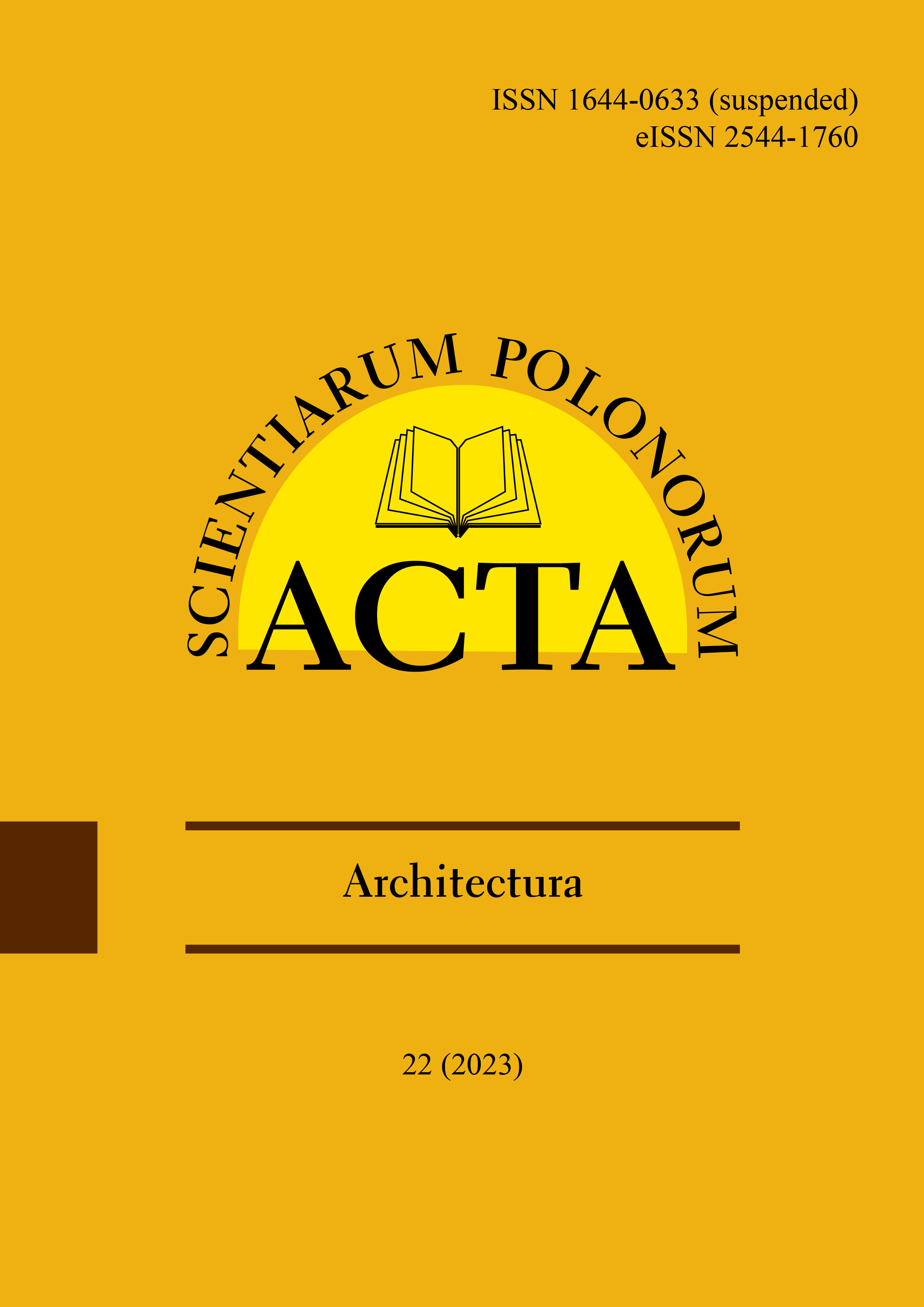Main Article Content
Existing civil engineering structures, especially masonry structures are subjected to heavy loads dynamic, well reflected vibration in the generated processes. These vibrations can affect the condition of the works by reducing the comfort of people working there, as they can reach the level of endangering the safety of the structure. The effect of vibration on the structure manifests itself mainly as an additional stress in the present section, which add to the stress of static loads. In addition, there is often of the effects of climate-related environment, with fatigue - dynamize destruction of the object. Dynamic loads can cause devastating effects in buildings of various types of construction or lead to catastrophic destruction.
This article presents a modern methodology for non-invasive testing of masonry structures using vibration processes. Here is shown the possibility of using modal analysis methods to assess the state of destruction elements and masonry using the process of vibration and vibration measurement. This is a new approach, using innovative research methods supported by information technologies, to examine the suitability of building materials, and the conditions for the construction of a diagnostic agent.
Article Details
Allemang, R. J. & Phillips, A. (2004). The Unified Matrix Polynomial Approach to Understanding Modal Parameter Estimation: An Update. In P. Sas (Ed.), Proceedings of the International Conference on Noise and Vibration Engineering, ISMA, 22–24 September 2004, Leuven. Leuven: Katholieke Universiteit Leuven [CD].
Cempel, C. (1994). Vibroacoustic condition monitoring: Ellis Horwood, 212pp. (1991). Ndt & E International, 27 (4), 211. https://doi.org/10.1016/0963-8695(94)90467-7 (Crossref)
Cempel, C. (2003). Multidimensional condition monitoring of mechanical systems in operation. Mechanical Systems and Signal Processing, 17, 1291–1303. https://doi.org/10.1006/mssp.2002.1573 (Crossref)
Stepinski, T., Uhl, T. & Staszewski, W. (2013). Advanced Structural Damage Detection: From Theory to Engineering Applications. Pondicherry: John Wiley & Sons. (Crossref)
Wiliams, R., Crowley, J. & Vold, H. (1985). The multivariate mode indicator function in modal analysis. In D.J. DeMichele (Ed.), Proceedings of the 3rd International Modal Analysis Conference III, January 28–31, Orlando, Florida. Orlando, FL: Union College.
Żółtowski, B. & Cempel, C. (2004). Inżynieria diagnostyki maszyn. Radom: Wydawnictwo Naukowe Instytutu Technologii Eksploatacji – Państwowego Instytutu Badawczego.
Żółtowski, B., Łukasiewicz, M. & Kałaczyński, T. (2012). The investigations aid in exploitation. Diagnostyka, 2 (62), 65–69.
Żółtowski, B. & Żółtowski, M. (2014). Vibrations in the Assessment of Construction State. Applied Mechanics and Materials, 617, 136–141. (Crossref)
Żółtowski, M. (2014). Investigations of harbour brick structures by using operational modal analysis. Polish Maritime Research, 21 (1), 42–53. https://doi.org/10.2478/pomr-2014-0007 (Crossref)
Żółtowski, M. & Martinod, R. M. (2016). Technical Condition Assessment of Masonry Structural Components using Frequency Response Function (FRF). International Journal of the International Masonry Society, 29, 23.
Downloads
- Mariusz Żółtowski, Vibration measurement in the degradation study of building construction materials , Acta Scientiarum Polonorum. Architectura: Vol. 22 (2023)

This work is licensed under a Creative Commons Attribution-NonCommercial 4.0 International License.

